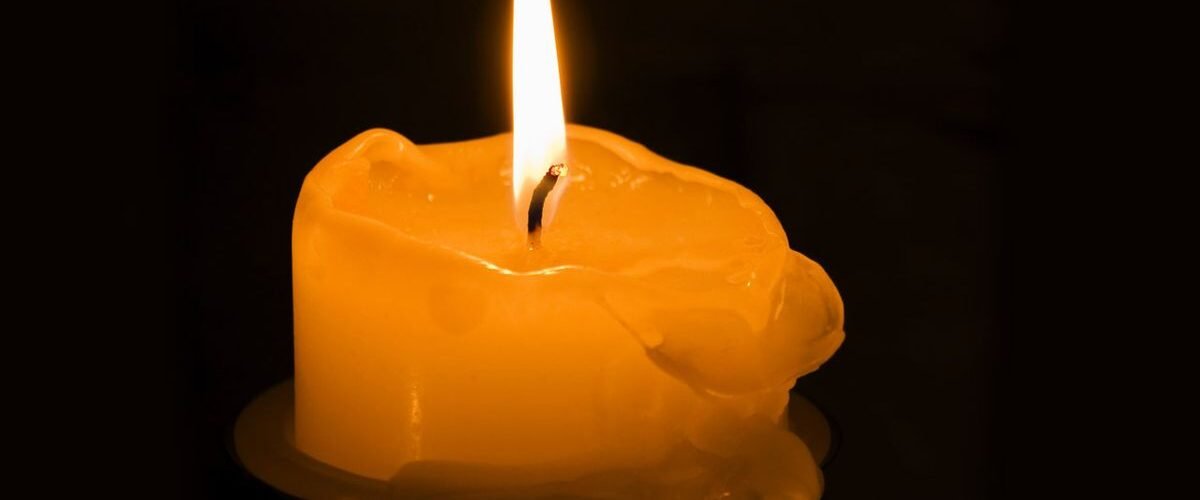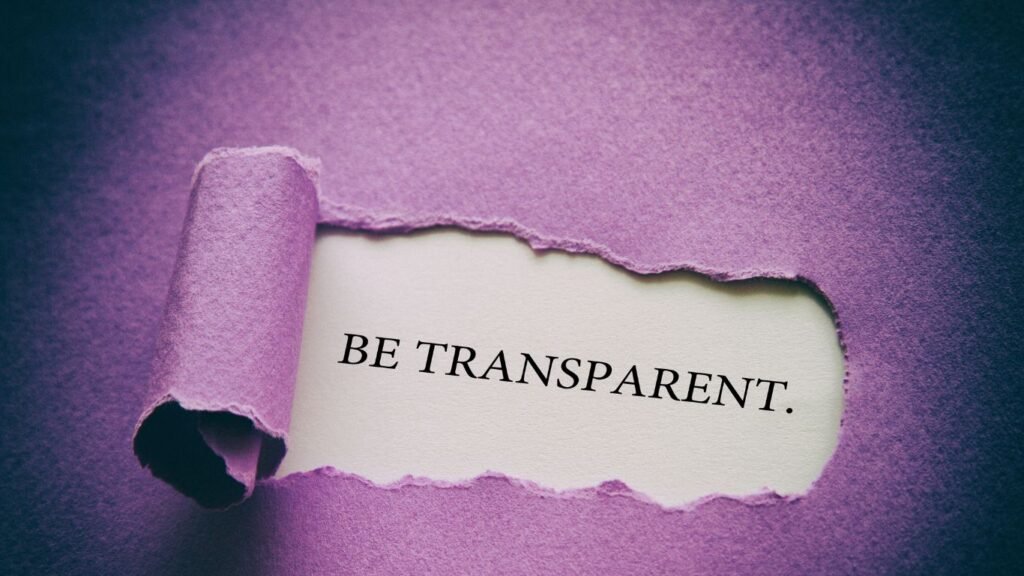Manisha to Nikki Bhatti: What’s Wrong With Men in India?

India tells itself a story of progress. We talk about space missions, billion-dollar startups, and women leading boardrooms. But when a 19-year-old schoolteacher like Manisha from Bhiwani dies under suspicious circumstances, and when a young mother like Nikki Bhatti from Noida burns alive in her own home after nine years of dowry-fueled abuse, that story collapses. We see another India—the one where women die inside kitchens, classrooms, and marital homes, their screams often heard but rarely acted upon.
The anger erupts only after their deaths. Thousands gather at funerals. Politicians order investigations. Courts issue strong words. But we never ask the most haunting question: why do we always wait until after death to demand justice?
Manisha’s Death and a State on Edge
On August 11, 2025, Manisha, a young teacher in Haryana’s Bhiwani district, went missing. Her family searched. Two days later, her body was found in a field. The police rushed to call it a suicide. They pointed to a note, a purchase of poison, and toxicology results. But her family refused to accept the narrative. They shouted that their daughter had been murdered. They demanded a real investigation, not another hurried file marked “case closed.”
The people of Bhiwani erupted. Protesters blocked highways. Thousands attended her cremation, turning grief into rage. The government, desperate to contain the situation, shut down the internet for 48 hours. They removed the Superintendent of Police and suspended several officers. Finally, Chief Minister Nayab Saini announced that the Central Bureau of Investigation would take over. He declared, “Manisha was our daughter,” and promised justice.
But justice does not rise from words. Justice rises from truth. And in Manisha’s case, the truth remains buried under conflicting reports and unanswered questions. Did she take her own life, or did someone push her into it? Did the police protect the powerful, or did they genuinely fail? The questions grow heavier because the system seems designed not to answer them.
Nikki Bhatti and the Fire That Burned More Than a Body
If Manisha’s case revealed institutional neglect, Nikki Bhatti’s death exposed the cruelty of domestic silence. On August 21, 2025, Nikki’s husband Vipin Bhatti and his family ended her life in a manner so brutal it sears the mind. Her mother-in-law handed thinner to Vipin. He poured it over Nikki’s body. He lit a match. She burned in front of her young child and her sister.
Why? Because dowry demands never stopped. Nikki endured nine years of abuse. Her earnings were taken away. She was beaten. She was humiliated. Her family knew. Her neighbors knew. Society knew. But she was told to stay quiet, to save her marriage, to think of her child. She lived inside a prison decorated as a home until her husband turned that home into her cremation ground.
When she died, her father broke down before cameras. He called the killers butchers. He demanded a police encounter or demolition of their home. But his fury raised a difficult question: why did he wait until she died to fight? Why did he not pull her out of that marriage after the first beating? Why did he not treat his daughter’s life as more precious than social shame? This is the question we rarely ask parents in India. We cry after daughters die, but we never fight while they live.
The Numbers That Refuse to Stay Silent
Behind Manisha and Nikki stand thousands of women whose names never make the news. The National Crime Records Bureau reported 6,450 dowry deaths in 2023 alone. Think about that number. That means nearly eighteen women died every single day because of dowry. Another 140,000 women reported cruelty by husbands or in-laws. More than 31,000 rapes were reported, alongside 248 murders linked to rape or gang rape. Over 85,000 kidnappings of women occurred.
These numbers should terrify us. They should wake us at night. But they barely make a headline anymore. They blend into the background of everyday violence. The National Commission for Women registered over 25,000 complaints in 2024, with domestic violence topping the list. Uttar Pradesh accounted for more than half. Delhi, Maharashtra, Bihar, and Haryana followed. Each state competes not in protecting women, but in adding to their suffering.
Conviction rates tell an even bleaker story. In Karnataka, only 3.6% of rape cases in 2023 ended in conviction. Nationally, the rate stays around 27–28%. That means three out of four accused rapists walk free. That means survivors relive their trauma in courtrooms only to see their abusers laugh as they walk out. That means our system does not protect women—it betrays them.
The Crimes That Haunt the Nation
Every year, certain cases pierce through the noise. In Kolkata, in August 2024, a 31-year-old trainee doctor was raped and murdered inside a hospital. In January 2025, her killer received a life sentence, but only after months of protests by medical professionals who demanded justice.
In Varanasi, a 19-year-old woman endured gang rape by 23 men over a week in 2025. In Assam’s Dhing town, a 14-year-old girl returning from tuition was assaulted by three men, one of them a minor. In Nainital, a 12-year-old girl was raped by a 73-year-old man who lured her with money. Odisha recorded 18,000 crimes against women in just eight months of 2025, but managed to resolve only 217. Nagaland’s women’s centers documented 1,529 cases of gender-based violence over nine years.
Each story is unique. But together they form a terrifying pattern: women are not safe in homes, schools, hospitals, villages, or cities. No place in India guarantees safety.
The Questions We Refuse to Ask
Here is where we must pause—not just to narrate crimes, but to ask questions society avoids.
1. Why do parents remain silent during years of torture?
Nikki endured nine years of abuse. Why did her family not rescue her earlier? Why did they ask her to “adjust,” as countless Indian parents do? Why does justice become urgent only when the daughter is dead?
2. If dowry is illegal, why do dowry deaths still happen?
The Dowry Prohibition Act (1961) exists. Section 304B of IPC criminalizes dowry death. Yet thousands of women are killed every year. Why? Because laws on paper collapse in practice. Because families see daughters as liabilities. Because society shrugs and says, “This is tradition.”
3. Why is marital rape still not a crime in India?
India criminalizes sexual assault—but not marital rape. A husband cannot legally be prosecuted for raping his wife. Why are women’s bodies still seen as conjugal property once they marry?
4. Why are conviction rates so low?
In Karnataka, rape conviction rates fell to 3.6% in 2023. Nationally, it hovers at 27–28%. Why do most rapists walk free? Is it because victims withdraw cases under pressure? Because investigations are sloppy? Or because society still doubts survivors more than perpetrators?
5. Why does silence surround cruelty inside homes?
Cruelty by husbands or relatives accounted for 140,000+ cases in 2023. Yet neighbors stay quiet. Families tell women to “save the marriage.” Society believes home is sacred, even when it’s a cage. Why do we protect abusers more than victims?
The Failure of Systems and the Failure of Men
The system fails women at every step. Laws exist on paper, but police refuse to enforce them. Politicians interfere. Courts delay. Convictions collapse. Fast-track courts move at a snail’s pace.
But beyond systems lies the deeper rot—the failure of men. Men who treat women as property. Men who believe masculinity means dominance. Men who grow up seeing mothers adjust, sisters compromise, and fathers dictate. Men who carry entitlement in their blood, unchecked by schools, families, or society.
What’s wrong with men in India is not just that some commit crimes. What’s wrong is that millions remain silent when their friends joke about women, when their relatives demand dowry, when their colleagues harass juniors, when their brothers hit their wives. Men choose silence because silence costs nothing. And women pay the price.
The Way Forward
India does not lack laws. It lacks enforcement. It lacks courage. It lacks cultural honesty.
We need stronger legal institutions that investigate properly, protect witnesses, and deliver verdicts quickly. We need accountability for police officers who ignore complaints or dilute charges. We need campaigns that target dowry not as a crime on paper but as a cultural shame. We need to teach boys that consent is non-negotiable, that anger is not power, that love does not mean control.
We need parents who pull their daughters out of abusive marriages before they burn. We need neighbors who break down doors when they hear screams. We need families that choose dignity over social pressure.
Most of all, we need men to stand up not just as fathers, brothers, or husbands—but as human beings who reject silence and complicity.
Conclusion: Justice Cannot Begin at the Funeral
From Manisha in Haryana to Nikki in Noida, the stories are different but the theme is the same. A society that normalizes silence kills its women long before the final act of violence. We bury daughters and then raise slogans. We demand justice after death, but rarely protect life.
The most urgent question remains: why do we always wait until after death to care? Until we confront this truth, until we protect women in life and not only in memory, India will continue to ask the same question after every funeral: what’s wrong with men in India?













